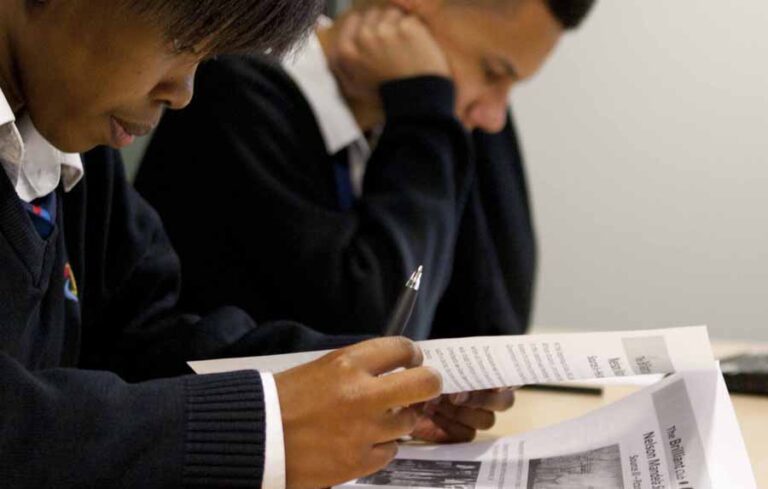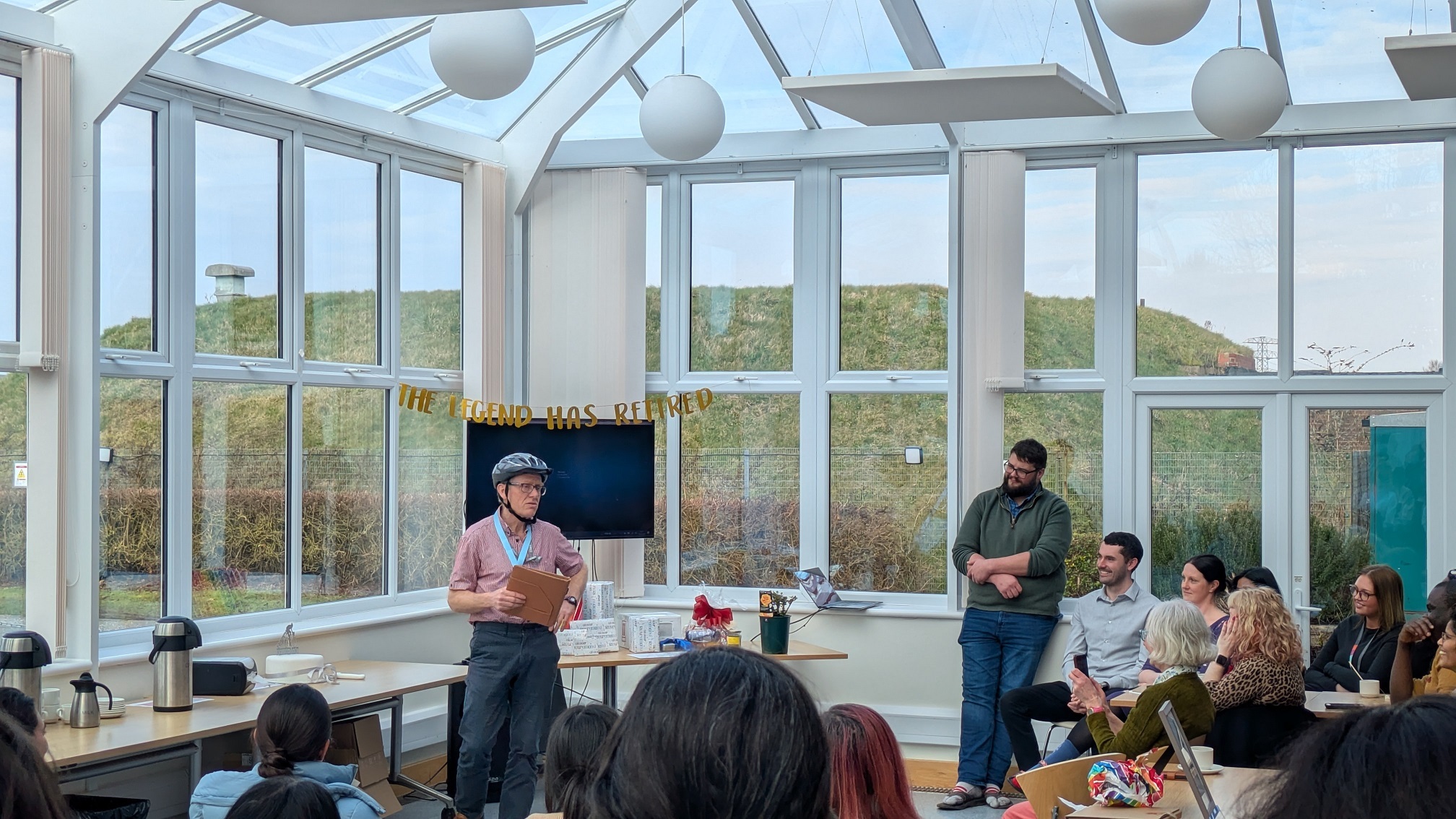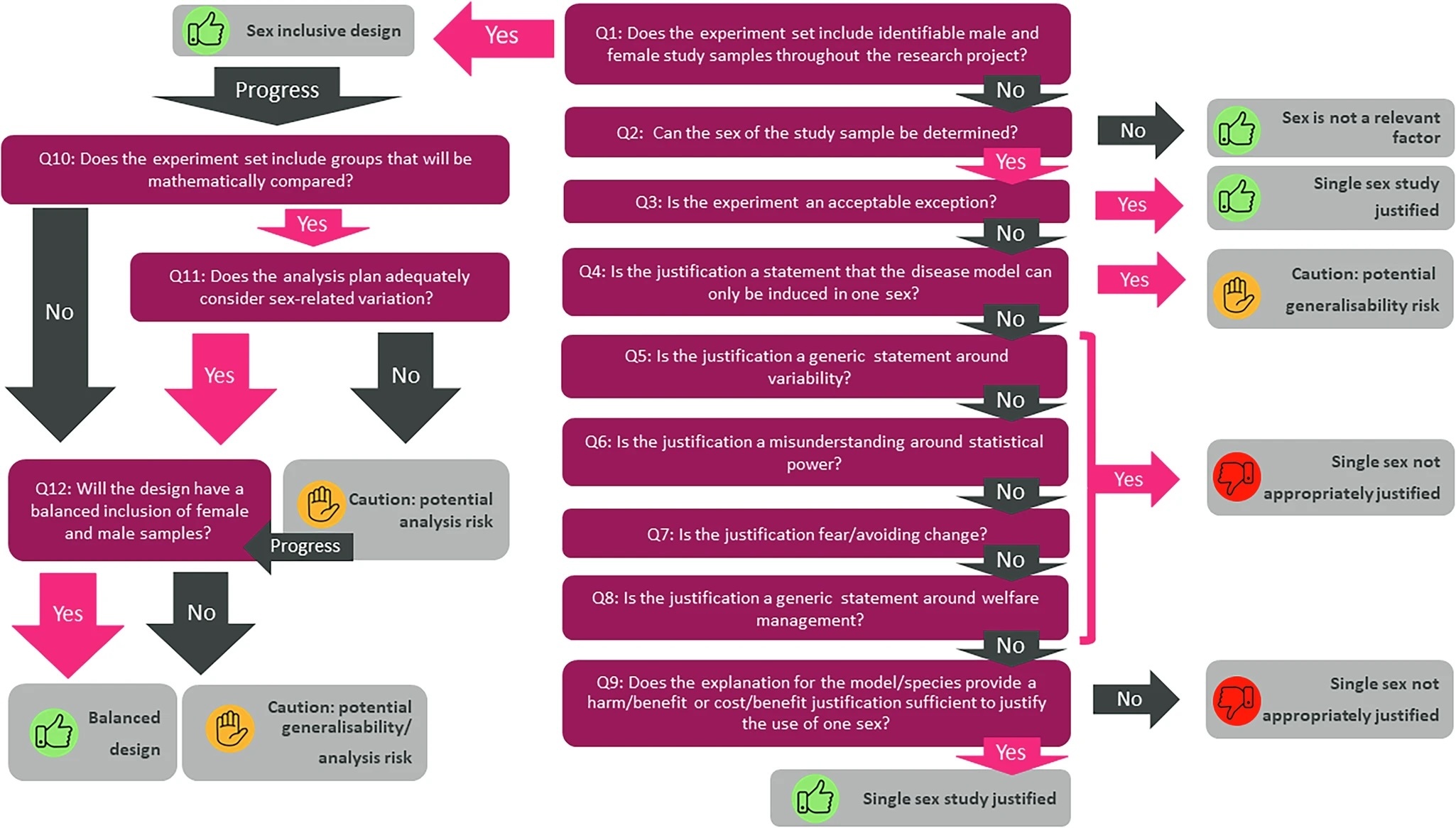As a Brilliant Club tutor, PhD student Abi Harris taught sixth form students at local state schools about her own research, giving them the competitive edge they need to get into university.
Taking our science into schools As a Brilliant Club tutor, PhD student Abi Harris taught sixth form students at local state schools about her own research, giving them the competitive edge they need to get into university [Image credit: The Brilliant Club] Your career prospects shouldn’t depend on which school you go to, but the sad truth is that in the UK, children who are privately educated are far more likely to get into a high-ranking university than those at state schools – 48% of private school kids go to a top university, compared to just 18% from state schools. The Brilliant Club is seeking to close this gap by sending PhD students and postdocs into state schools to teach university-style tutorials based on their own research. In February, we invited someone from the Brilliant Club to come and give a talk to our PhD students. The Brilliant Club provides training, travel expenses and pay for its tutors, so it’s an excellent way for PhD students to gain experience explaining their research and teaching, earn some extra money to supplement their stipend and inspire a new generation to follow in their footsteps. There was a lot of interest and great attendance, and afterwards many of the PhD students decided to apply to become a Brilliant Club tutor. The application process was very competitive, but we had one, Abi Harris, who was successful. And she didn’t just do one, but two, school placements. Abi did a whole day each week for a term, travelling to Abbotsfield High School and Swakeleys School in Hillingdon, near Uxbridge. It was a long journey, as the Brilliant Club do not yet have any placements at schools in Oxfordshire. She works in the Disorders of Sex Development group at MRC Harwell, but her tutorials covered a wide spread of other relevant topics in genetics. Before she started, she had just three weeks to produce a complete her 8000 word course booklet. If there was anything she could have changed, she said, she would have liked more time to prepare so she could have designed more activities. Nevertheless, she still managed to include some activities, such as a card game to match up the relevant genes with a disease. Her booklet include some great analogies to illustrate concepts, such as one to teach them about the ‘central dogma’ of molecular biology – that DNA produces the RNA required to make a protein – where someone photocopies a library book so they can use the instructions to build an IKEA chair. Once into the main part of her placements, she ran 75 minute tutorials for small groups of three to four sixth form students at the two schools. During her tutorials, she got each student to give a presentation about one model organism, and ran a debate on the ethics of using animals in research. She explained about mutations, their role in cancer, the lab techniques used to study them and how they can lead to developmental disorders such as dwarfism, additional fingers, a ‘flipped’ organ arrangement (a condition known as situs inversus) or disorders of sex development. Overall, Abi said she found it a really positive experience, even though it was tough starting out with two placements. She plans to start another placement next term, this time working with 11-13 year olds, and says she’s really looking forward to it.



